
Artificial Intelligence Generated Content (AIGC) is transforming the way we create and consume digital media. From images to text and even interactive experiences, AIGC equips individuals and organizations with innovative tools to enhance creativity and productivity. In this guide, we will explore what AIGC is, how it works, its applications in various industries, and the future of this exciting technology.
What is AIGC?
AIGC refers to content created using artificial intelligence algorithms. These algorithms analyze vast amounts of data, learning from existing content to generate new text, images, audio, or video. Unlike traditional content creation, where human effort is paramount, AIGC leverages machine learning, natural language processing, and deep learning techniques to automate the creative process. This allows for rapid content generation, customization, and innovation across various domains.
How AIGC Works
The backbone of AIGC technology lies in complex algorithms and models that have been trained on extensive datasets. Here’s a brief overview of how the process usually unfolds:
Applications of AIGC
AIGC is making waves across various industries. Below are some notable applications:
Businesses leverage AIGC to develop targeted marketing campaigns. AI can generate marketing copy, ad designs, or even personalized promotional emails, saving time and resources while increasing engagement with potential customers.
In the media sector, AIGC tools can draft articles, create video scripts, and produce music. News outlets are using AI to generate articles based on data analytics, while filmmakers can use it to devise storylines and screenplays.
AIGC is revolutionizing the gaming industry by creating expansive worlds and narratives. Developers can use AI to design characters and plot arcs dynamically, offering players unique experiences based on their choices and interactions.
In education, AIGC systems can generate customized learning materials and assessments. It can also assist in developing interactive lessons tailored to individual student needs, paving the way for personalized education.
Artists and designers are incorporating AIGC into their workflows to enhance creativity. AIGC can suggest designs, create prototypes, or generate unique art styles, helping artists expand their creative horizons.
Ethical Considerations and Challenges
While AIGC offers numerous benefits, it also raises ethical concerns. The potential for misuse, such as creating misleading information or deepfakes, necessitates a discussion about guidelines and regulations surrounding its use. Moreover, as AI-generated content becomes more prevalent, questions about copyright and ownership emerge, challenging traditional norms in intellectual property.
The Future of AIGC
As technology continues to evolve, the capabilities of AIGC are expected to expand significantly. We may see improvements in the quality of generated content, making it indistinguishable from human-created work. Additionally, as more industries adopt AIGC, new business models and forms of content creation may emerge, driving even further innovation.
Moreover, collaboration between humans and AI is likely to become commonplace, allowing creators to harness the power of AIGC while retaining creative control. This partnership has the potential to unlock incredible possibilities across various fields.
Conclusion
AIGC is not just a passing trend; it is a technological revolution that is reshaping how we create and consume content. By understanding its mechanisms, applications, and implications, we can position ourselves to harness this exciting tool for the future. The journey into the world of AIGC is just beginning, and its impact will undoubtedly be profound. Embrace the change, and prepare for a future where creativity knows no bounds.

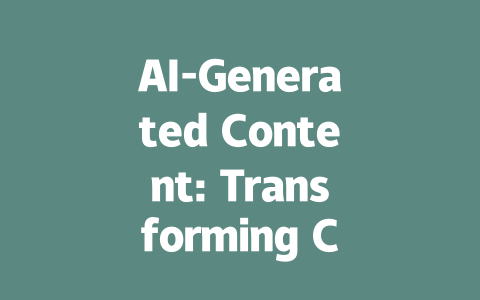





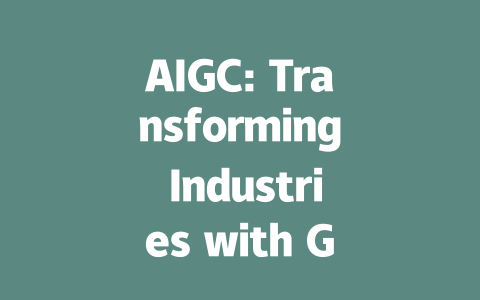
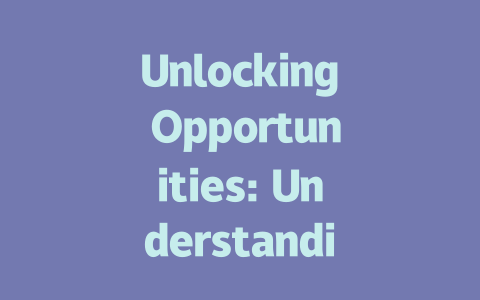
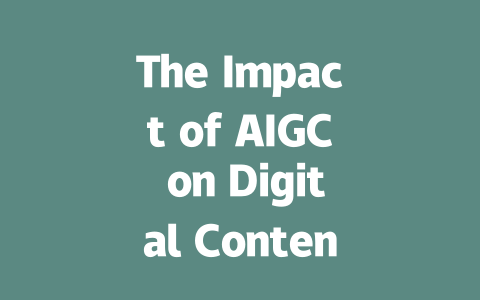
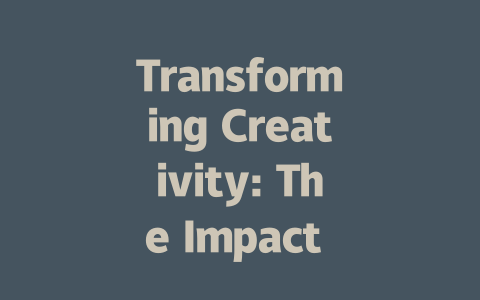
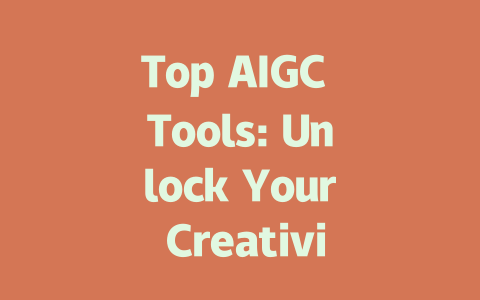

暂无评论内容